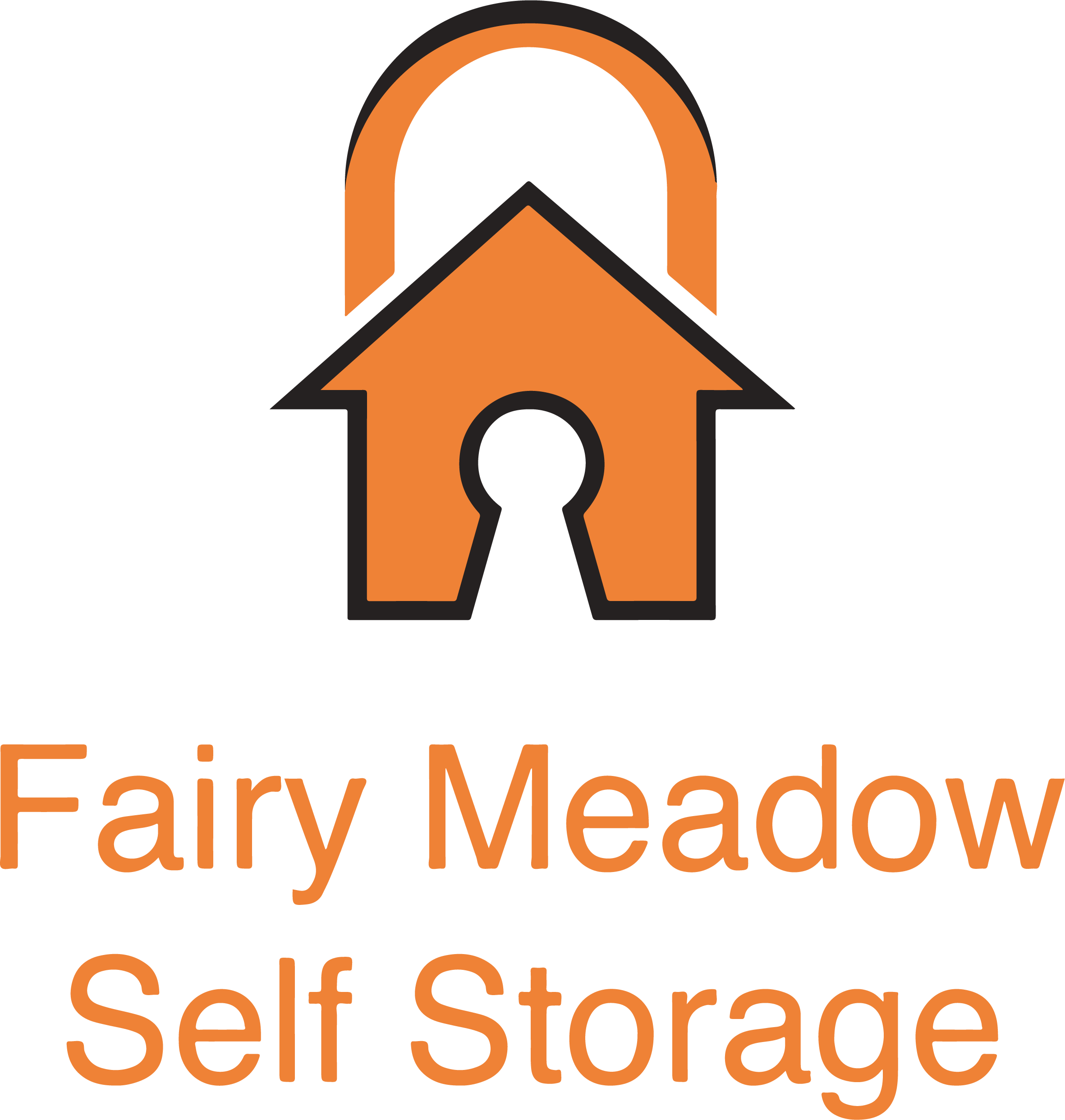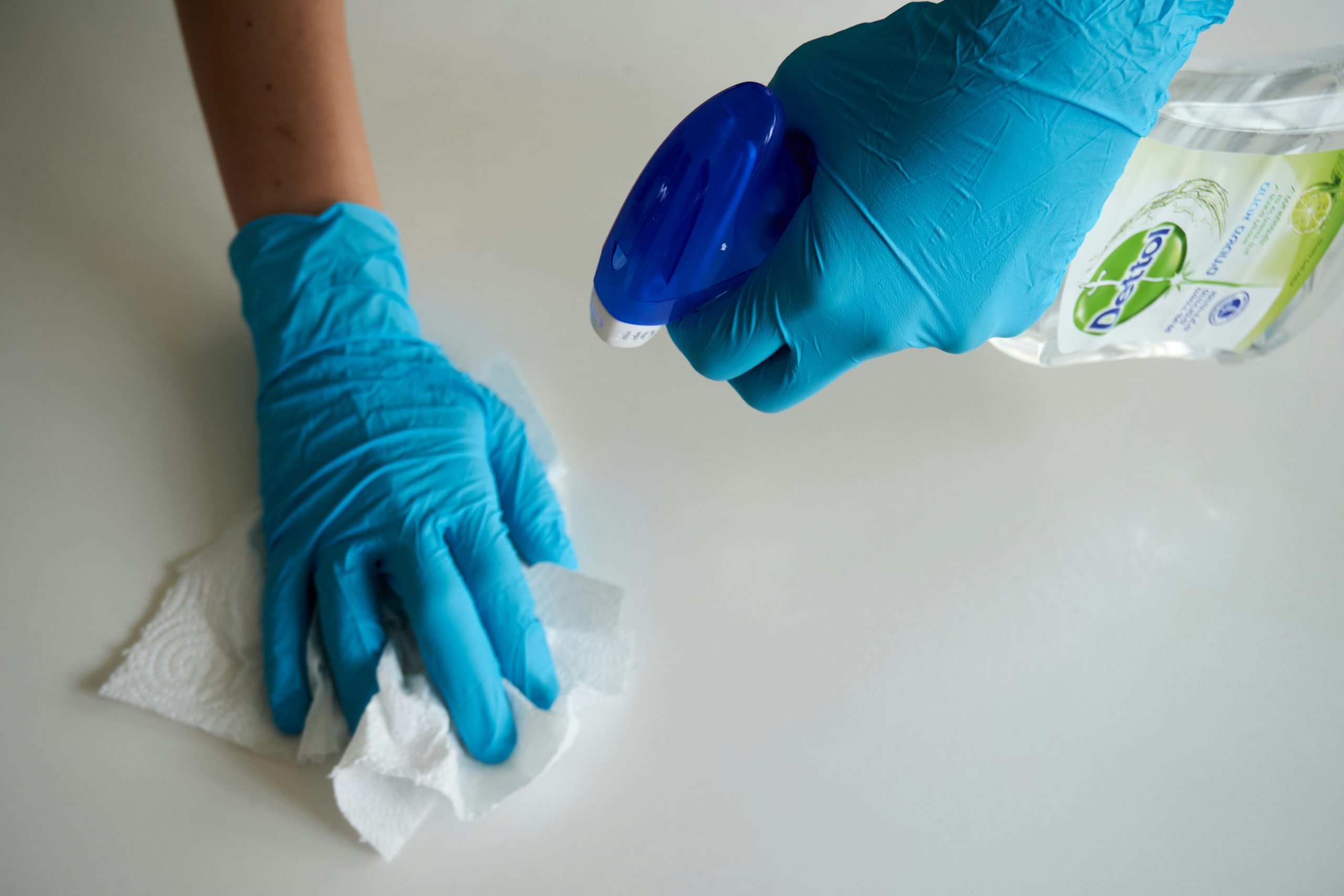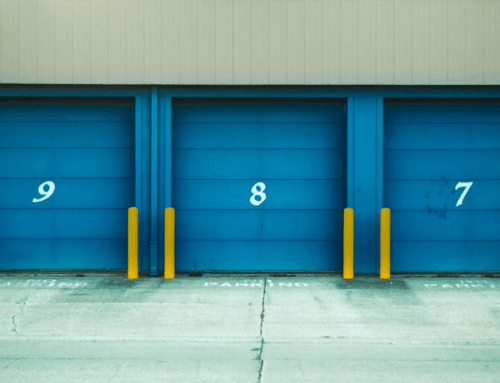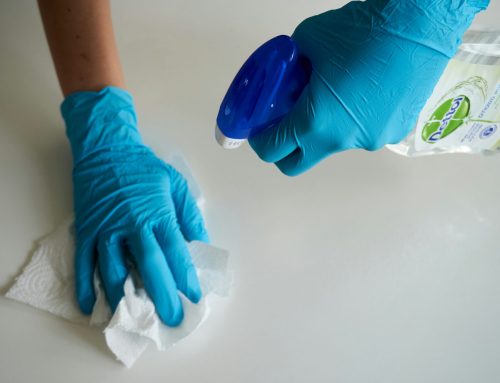Best Practices for Long-Term Storage
Preparing your possessions properly for long-term storage is crucial for ensuring their longevity and protection. Whether you are downsizing, moving abroad, or simply need to clear some space from your garage, knowing how to prepare your belongings can make a significant difference in maintaining their condition.
So, if you are unsure how to approach long-term storage, our facility for storage Wollongong has compiled a list of the best tips to help you, regardless of what you’re storing and for how long.

Photo by Giovanni Ribeiro on Unsplash
Steps Before Going into Long-Term Storage
Before you begin packing, it’s important to determine what will go into storage. This initial step helps streamline the process and ensures that only necessary items are stored. Here are the four categories to consider:
Keep at Home: Items that you use every day or those with significant sentimental value should remain at home. These could include essential documents, daily-use electronics, or heirlooms.
Donate/Sell: Evaluate your belongings and consider donating or selling items that you no longer need but are still in good condition. This could be furniture, clothing, or books.
Trash: Dispose of any items that are broken, outdated, or no longer useful. This helps reduce clutter and ensures you’re only storing items worth keeping.
Store: Finally, identify items that need to be stored. These could include seasonal items, excess furniture, secondary vehicles, or items that you want to keep but don’t need immediate access to.
Cleaning Before Long-Term Storage
Cleaning your belongings before placing them in storage is a critical step that should not be overlooked. Dirt, grime, and moisture can cause significant damage over time, leading to mould, mildew, and pest infestations. Here are some tips for cleaning:
Furniture: Wipe down all surfaces with a suitable cleaner. For wooden furniture, use a wood polish to maintain the finish. Upholstered items should be vacuumed and, if possible, treated with a fabric cleaner.
Clothing: Wash and dry all clothing items thoroughly before storage. Ensure they are completely dry to prevent mould growth. Consider using vacuum-sealed bags to save space and protect from moisture.
Electronics & Vehicles: Dust and clean electronics and engines with a dry cloth. Remove batteries to prevent corrosion and potential damage.
Kitchenware: Clean and dry all kitchen items. Avoid storing food items, as they can attract pests.
Using High-Quality Packing Equipment and Supplies
Investing in high-quality packing materials can make a significant difference in protecting your belongings. Reach out to our storage expert in Wollongong. We have plenty of packing tips to ensure your items are well-protected.
Boxes: Use sturdy, corrugated cardboard boxes in various sizes. Avoid using old or weak boxes that may collapse.
Bubble Wrap and Packing Paper: Protect fragile items with bubble wrap or packing paper. These materials provide cushioning and prevent breakage.
Plastic Containers: For items that need extra protection from moisture, consider using plastic containers with tight-fitting lids.
Packing Tape: Use strong packing tape to seal boxes securely. Ensure all seams are taped to prevent boxes from opening.
Cover: You can use vehicle cover for classic cars and other vehicles you may want to keep in storage at Wollongong, such as boats, scooters, etc.

Photo by Erda Estremera on Unsplash
Disassemble Furniture for Efficient Storage Wollongong
Disassembling bulky furniture can save space and make room for more storage. This process also helps protect furniture from damage.
Take apart any removable parts such as legs, shelves, and drawers. Keep all hardware in labelled bags attached to the furniture.
Clearly label each piece to make reassembly easier when you retrieve your items from storage.
Labelling Each Box
Proper labelling is essential for efficient storage and easy retrieval of items. When labelling your boxes, consider the following:
Content Description: Write a brief description of the contents on each box. This helps in quickly identifying what’s inside without having to open it.
Fragile Items: Clearly mark boxes containing fragile items. This ensures that these boxes are handled with extra care.
Strategic Organisation Inside Long-Term Storage
Organising your storage unit strategically can save time and prevent damage. Here are some tips:
Accessibility: Place items you may need to access frequently near the front of the unit. Seasonal items and less frequently used belongings can go towards the back.
Pathways: Create clear pathways within the storage unit to allow easy access to all items. This prevents the need to move multiple boxes to reach a particular item.
Stacking: Stack heavier boxes at the bottom and lighter ones on top to prevent crushing. Ensure stacks are stable to avoid toppling.
Shelving: Consider using shelving units to maximise vertical space and keep items organised and easily accessible.
Get Your Belongings Into Long-Term Storage in Wollongong Now
Do you need to store any belongings long term? Check out our Fairy Meadow self storage facility in Wollongong.
With top-notch facilities and dedicated packing tips to store long-term, Fairy Meadow Self Storage is proud to offer ideal conditions for your long-term storage needs.
Book your long-term storage Wollongong today and keep your items safe now!






